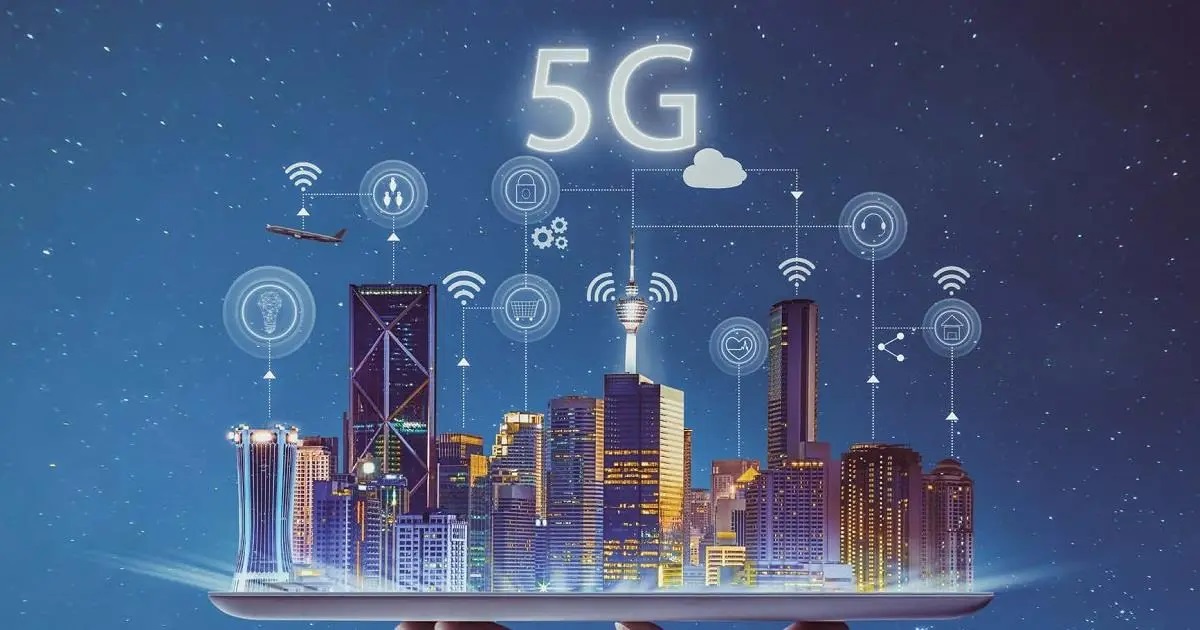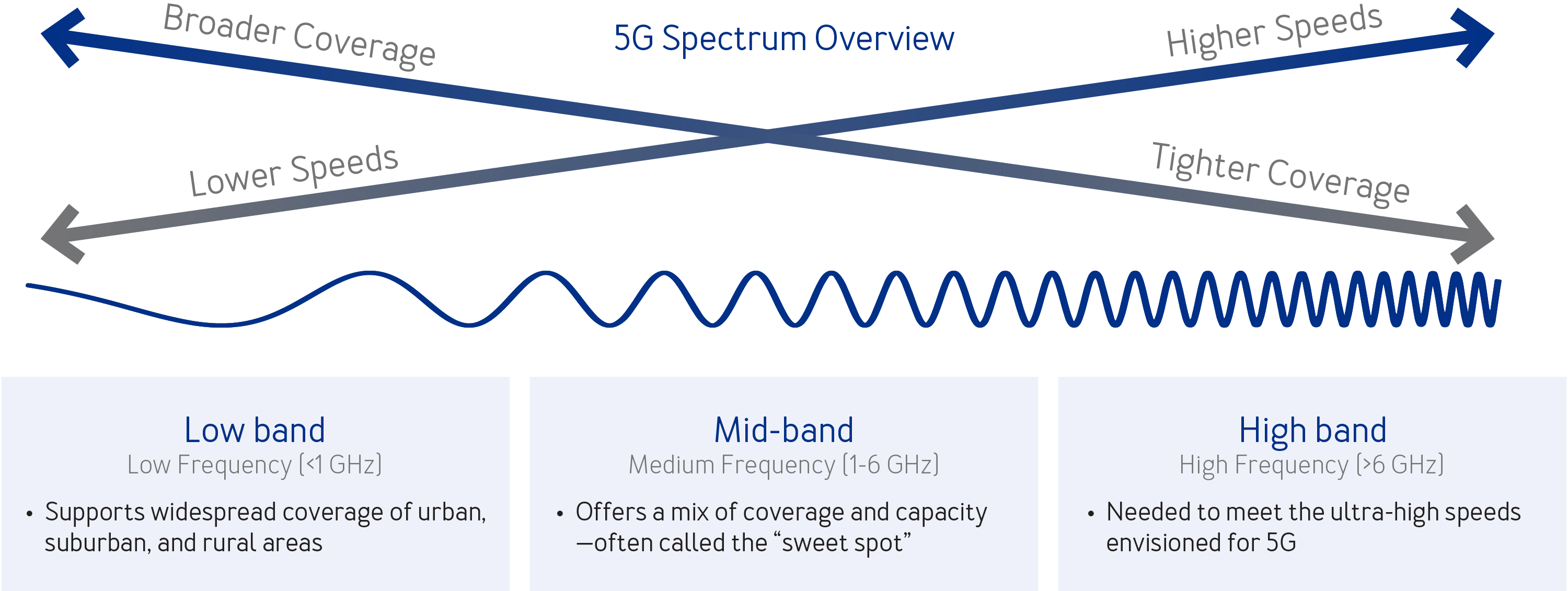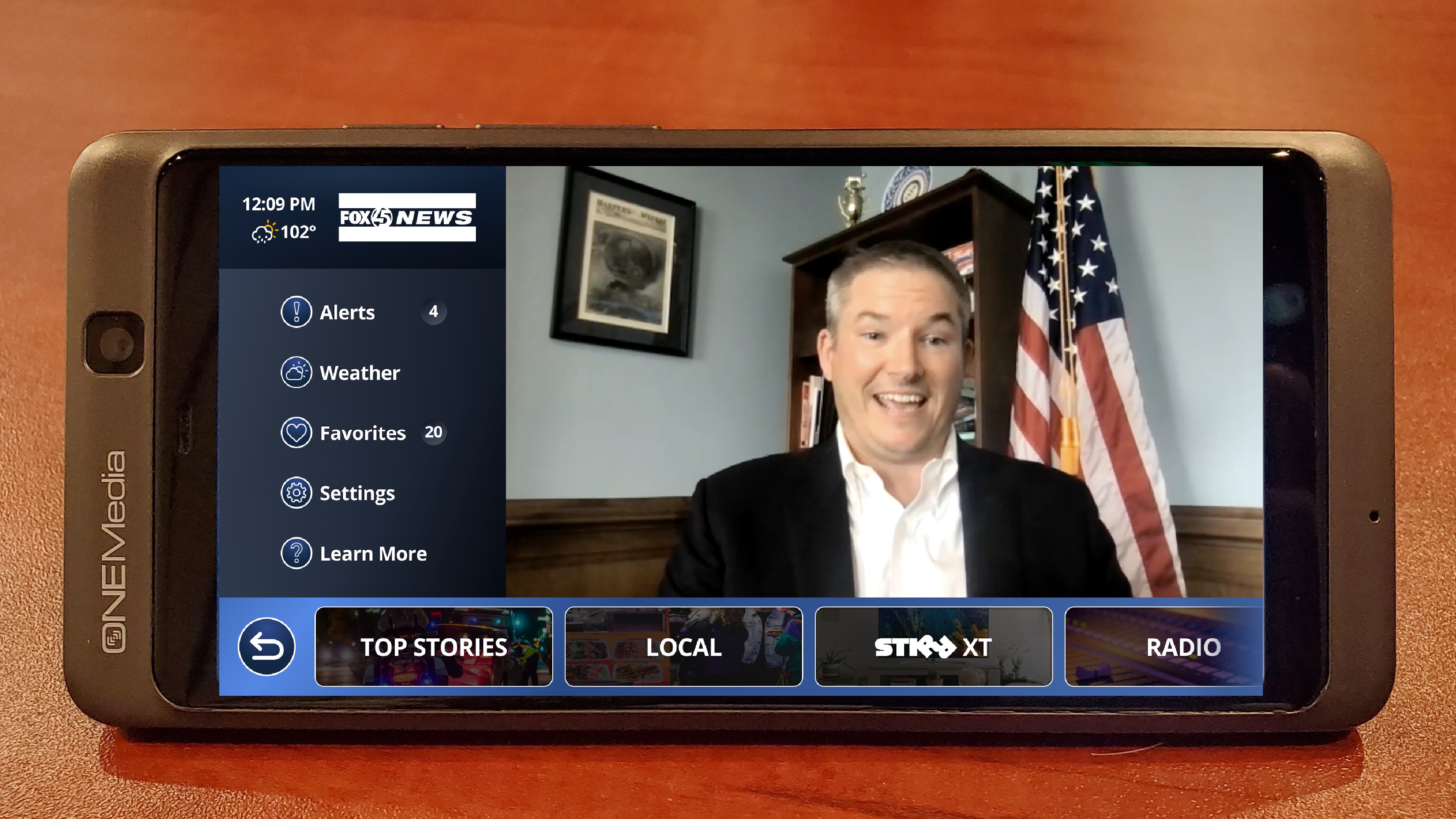What Can Broadcasters Do with 5G?
Acquisition and distribution take on new meanings

FORT MYERS, Fla.—5G cellular service is widely available in populated areas and starting to have an impact on broadcasters from acquisition to distribution. Think “5G” and you’ll most likely think of fast smartphone downloads, home internet service or 5G bonded (or aggregated) cellular systems in a way similar to 4G bonded/aggregated cellular. But 5G is different and will be much more different as standards evolve.
5G for Acquisition
Using mobile network operator (MNO) cellular networks for acquisition is nothing new. 4G was, and in some areas, still is how a remote signal gets back to home base. However, 5G offers advantages in data rate and latency to enable 4K UHD, but not as much as you would think. Cellsmart’s mid-2022 “Global Cellular Performance” study of real-world conditions found that, globally and on average, 5G upload speeds only showed an increase of 55% to 31.27 Mbps over the 4G global average. This is in contrast to 5G download speeds of 241.61 Mbps.

“5G is prioritized for downloading—upload speeds are not significantly maximized,” said Rob Waters, global director of sales at Dejero. “For our 5G bonded systems, it’s all about the lowest latency with the highest bandwidth, that’s where multiple antennas per modem really comes in as a powerful weapon.”
However, Dan Pisarski, CTO at LiveU adds that “there’s still a few other tricks up 5G’s sleeve. “The 5G protocol’s fixed deterministic latency of the network is an overlooked gem,” he said. “With MEC [multi-access edge computing], for example, latency can go from 60 ms to below 10 ms. The challenge is the entire latency budget. But taking the first hop to sub 10ms, we can increase redundancy by adding a bit more latency. This provides exciting applications for broadcasters.”
The Cellsmart study also showed that the cellular frequency being used has a significant impact on upload speeds. “Where results have been taken in areas with mmWave, there are dramatically different results including downloads in excess of 800 Mbps, uploads in excess of 250 Mbps and latencies of sub 10 ms.”
According to TVU Network’s founder and CEO Paul Shen, the upload speed you get depends on where you are. “Unless you’re in a populated area, you won’t see 5G mmWave deployment. Suburban and rural areas don’t present a financial incentive for telcos to use mmWave. Plus, some versions of 5G with sub-6 Ghz deployment use the same spectrum as 4G/LTE.”

While LiveU, Dejero and TVU have different technologies for 5G, there’s one thing all three agree on: For the end-user, operating 5G is basically the same as operating 4G, whether it’s someone acquiring footage or the organization receiving that footage. All three are seeing interest in 5G from similar populations. “Both existing 4G customers and those producing sports in 4K are looking strongly at 5G,” said Shen. “Existing customers are beginning to notice performance degradation using 4G, especially in mission critical situations.”
Get the TV Tech Newsletter
The professional video industry's #1 source for news, trends and product and tech information. Sign up below.
It is a sentiment echoed by Waters. “Our existing 4G users are looking to upgrade and future-proof themselves. While 5G doesn’t give all advantages now, potentially it will as more 5G is rolled out. Plus, sports producers want to use 5G instead of satellite.”
Both existing 4G customers and those producing sports in 4K are looking strongly at 5G.”
Paul Shen, TVU Networks
5G offers greater reliability than satellite with 5G at over 95% vs. traditional satellite at 90%, according to Shen. “News is great at adopting new technologies,” added Pisarski. “The day after any MNO makes an announcement, we get calls asking ‘can we use it?’ from our news users.”
There’s another consideration for high-profile events: a private 5G stand-alone non-public network (SNPN). “Millimeter wave is very wide spectrum, so cell phone operators can easily dedicate service to a private network on an ad hoc basis,” said Shen. “We did that for an 8K project.”
Waters adds that private networks are the easiest to set up. “There’s no cable runs, giving you very short setup time.”
It should be noted that MNO-based SNPNs are not the only type of private network—and most are in test and trail phases, according to Pisarski. “A real private network means somebody with their own hardware on a frequency they have access to.”
Pisarski is referring to CBRS (Citizens Broadband Radio Service), spectrum from 3.5 GHz-3.7 GHz the FCC set aside for private 5G networks. This spectrum, along with SIM cards, can be leased from third parties that are licensed (priority access license or “PAT”) or used unlicensed (general authorized access or “GAA”), which is subject to the most interference. “All that’s needed is a popup antenna and a few computers to run the network,” he said.
5G for Distribution
This is where the phrase “5G Broadcast” comes into play, and it’s not the best term to describe how 5G can be used for distribution. Does “5G” mean the technology or the device?
As MNOs’ 5G are unicast networks, there’s a difference between “a connected device” that sporadically sends requests for data needing to be downloaded and a significant number of connected devices that are all streaming content at the same time. The more devices simultaneously connected to a 5G cell downloading data, the less bandwidth each device gets, as they all have to share that unicast data capacity.
Enter “5G Broadcast” from DTT broadcasters to 5G devices with an ATSC 3.0 (aka “NextGen TV”) receiver chip.
“Today, the number of commercial smartphones with an ATSC 3.0 chip is 0%,” said Mark Aitken, senior vice president of advanced technology at Sinclair Broadcast Group and president of ONE Media. “But ATSC 3.0 will find its way into billions of devices that require data of some sort: cars, phones, smart cities and more.” Aitken is a true believer in what ATSC 3.0 can bring to quality of life.

Aitken does, however, have a Mark One Android smartphone evaluation sample with an ATSC 3.0 receiver chip, giving him the ability to watch stations broadcasting ATSC 3.0. “We wanted a chip that could live in a mobile device, with its operation and power needs,” he said. “We wanted efficient web app coding, for it to draw less power and run on lower level devices.”
Watching an ATSC 3.0 station is as simple as tapping on an app. Sinclair has their own open source app, another is the NextGen Broadcast App. In addition to live TV, stations provide frequently updated weather, news or other content.

ATSC 3.0 receiver apps are simple. “It’s A/344 of the ATSC 3.0 standard,” says Aitken. “It’s nothing more than a uniform ATSC 3.0 browser with HTML5.” According to the standard, “A Broadcaster Application is used herein to refer to the functionality embodied in a collection of files comprised of an HTML5 document, known as the Entry Page and other HTML5, CSS, JavaScript, image and multimedia resources referenced directly or indirectly by that document, all provided by a broadcaster in an ATSC 3.0 service.”
According to Aitkin, “Sinclair’s app has the same features as TV sets with ATSC 3.0 tuners, except it’s been adapted to the small screen with gesture swipes and wipes for navigation. This is really about a more ideal user experience. There’s less friction to the nature of access to services available...there is a quality aspect to the user experience.”
Broadcasters as ‘Pseudo’ 5G MNOs?
Graziano Casale, senior sales manager for transmitters at Rohde & Schwarz agrees with Aitken that it’s all about a better quality of experience for the consumer.
“ATSC 3.0 plays into the 5G ecosystem and vice versa,” he said. “The main benefit is that [MNO] 5G broadcast technology is in the same chip already in the device, while ATSC requires an additional chip.”
ATSC 3.0 plays into the 5G ecosystem and vice versa.”
Graziano Casale, Rohde & Schwarz
Casale is referring to “5G Broadcast/Multicast,” which R&S and Qualcomm demonstrated at IBC 2022, but is not yet commercially available. It uses UHF spectrum to broadcast to 5G smartphones. While there’s potential for revenue, it comes at a cost.
ATSC 3.0’s 6 MHz does not comply with those in the current 3GPP 5G specification, the lowest being 3 MHz—that’s half your spectrum.
Simply, 5G Terrestrial Broadcast shares the DTT spectrum to provide other services. You could sell that 3 MHz of spectrum to an MNO to deliver media from your transmitter using the 5G chipset already present in smartphones. Of course, that leaves you with 3 MHz for actual television, which today could be a 720p signal. But in the 3.0 future, 3 MHz should deliver more.
There must be a reason for manufacturers and MNOs to want a 3.0 chip in 5G smartphones and other mobile devices. There will need to be more work done on 3GPP and a reason for MNOs to lease your spectrum.
When it comes to 5G for broadcasters, it just depends on what you want to do and when you’ll be able to do it.
Michael Silbergleid serves as president of Silverknight Consulting in Fort Myers, FL, a strategic communications firm serving the broadcast and media industries since 1999. Previously, he was editor of Television Broadcast magazine and Sports TV Production, the first sports-dedicated trade magazine for the industry. He was manager of Educational Television and Telecommunication Engineering for the Huntsville City School System in Alabama and has been a producer, director, video editor, chief engineer and facility designer. He holds an MA degree in Telecommunication and Film Management from the University of Alabama, and two BA degrees in Dramatic Arts & Dance and in Speech Communications from SUNY Geneseo.

